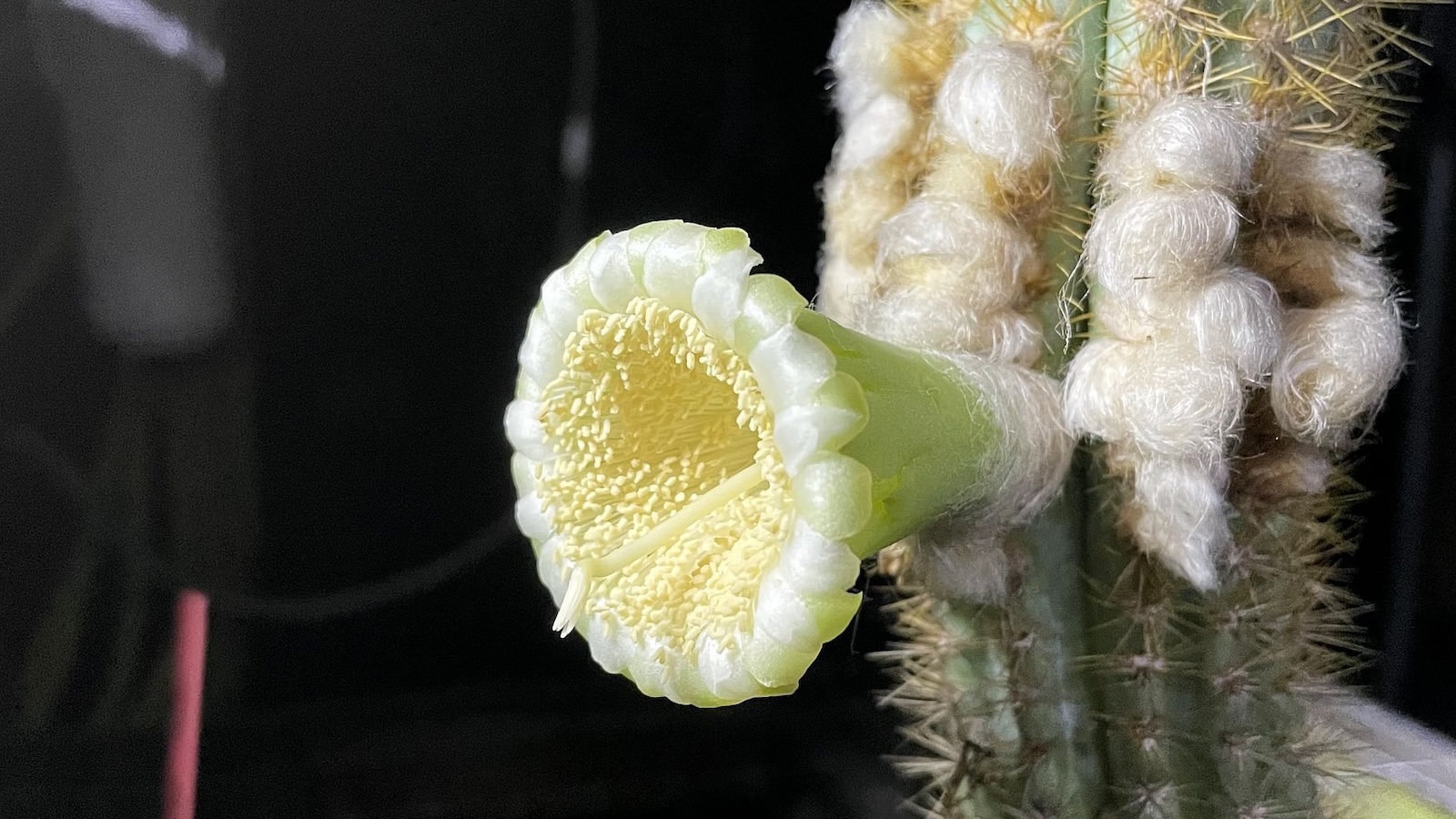
The demise of the Key Largo tree cactus is the first recorded case of sea level rise driving a local species to extinction in the United States.
Tree cactus is a suitable name for Pilosocereus millspaughii, known to reach towering heights, yield white flowers that entice nectar-hungry bats and produce reddish-purple fruits for birds and mammals to feast upon. Although the cactus still grows on a few scattered islands in the Caribbean, it was restricted to a single population in North America, a thriving stand of 150 plants discovered in the Florida Keys in 1992. By 2021, just six ailing stems remained.
Globally, climate change has already led to the eradication of flora and fauna ranging from the Bramble Cay melomys, a rodent in Australia that was the first confirmed mammal driven to extinction by global warming, to the “functional extinction” of elkhorn corals in the Keys and several bog species in Germany. Some estimates suggest that, if emissions continue on their current trajectory, roughly 1 in 3 species of animals and plants may go extinct by 2070.
It is a monumental loss, scientists say, in no small measure because of what it signifies. Anthropogenic planetary warming is no longer solely endangering human communities. It is eradicating the very species that make up the fabric of our natural world.